Is your enterprise a security thicko?
Security training needs to be much more targeted if it is to be successful, argues Davey Winder.


Is there also a disconnect between who is getting trained and who needs training the most? In other words, is it more important to educate those at the top of the management tree or those on the shop floor?
I was talking to the head of security at a rather large corporate during the recent Information Security Journalism Awards lunch, and he happened to mention how the policy on dealing with the risk involved in the CEO visiting China with a company laptop was to mitigate it by simply destroy the laptop once he returned. This highlights the problem, albeit in a rather extreme fashion, of how the top echelon of executives in the enterprise can pose a threat courtesy of them bringing new devices or foreign gadgets, unchecked, into the workplace.
Just because it's a different threat to the shop floor workers, doesn't make one level of staff any more of a risk than the others though. When it comes to awareness and training, as Dimension Data's Jenkins says: "Every level of the organisation, from CEO to ground floor need to be educated. Each can pose a threat to the integrity of an organisation's IT infrastructure, even if they do not know it."
People (not positions) are always the weakest link when it comes to enterprise security, and as such everyone needs training equally. But equal does not mean the same in the context. Indeed, all staff need training, but some will require different training to others. To do otherwise and have a one-course-fits-all approach is non-productive. For example, executives who travel a lot need educating about the specific practical risks of accessing hotspots, carrying unencrypted data and so on, whereas those employees tasked with looking after the enterprise infrastructure would most benefit from technical training.
"As a rule of thumb," Fujitsu's Robinson reminds us, "all employees should have a good idea of what the company policy is, what to do in case of a security incident and who to contact in the first instance."
When considering the top of the tree versus the feet on the ground it's immediately clear that the sheer number of people on the shop floor present a much wider vulnerability spectrum for an organisation. "Especially considering it is often part of their job to be hospitable, supportive, and assistant to customers or random people seeking information," Outpost24's Jarteilus, says.
He adds: "If you consider that the majority of financially driven security breaches are opportunistic in nature, who would you target - the few in the top of the tree who are difficult to access, or the dozens/hundreds of Average Joes with access to the same networks?"
Get the ITPro daily newsletter
Sign up today and you will receive a free copy of our Future Focus 2025 report - the leading guidance on AI, cybersecurity and other IT challenges as per 700+ senior executives
However, as Don Smith, director of technology at Dell SecureWorks points out: "If management aren't adequately trained, it's unlikely an organisation will make a significant investment in wider staff training."
Perhaps then, the initial focus needs to be top of the tree in order to allow those grazing beneath to reap the benefit later? The simple fact is that leadership is vital, no matter how 'aware' the shop floor is if staff see the executives flouting the rules then they are likely not to be motivated to follow them themselves.
"The key thing here is that awareness and education can't be done in isolation. Iit needs to be part of a broader cultural move which sees users as the first line of defence' almost," says KPMG's Bonner, who insists education and awareness is just one way of embedding the culture and reinforcing key messages. It needs to be linked to objectives, incentives and discipline to back it up as well as the role of leadership.
Hands-on help
So, bearing all this in mind, how can the enterprise best implement a security awareness training strategy that will succeed? We turned to Dell SecureWorks's Smith for some tips as Dell has been helping a FTSE-100 organisation roll out a particularly effective training programme. The result? Cyber security has become what it calls 'part of the DNA of the organisation'.
Smith points to three keys in order to follow this route to success:
- Security training should be delivered in a face-to-face session, not using online learning tools;
- Honesty is the best policy. Organisations should be open and communicate impact of previous breaches;
- Provide tips and skills which will help to secure an employee's personal online life. Employees will be more attentive if the training course offers something they can take home with them.
Garry Sidaway, global security director at NTT Com Security, agrees that such training applies more than ever now with staff regularly working out of the office. Employees need to understand the consequences of their actions and companies need to make it clear what constitutes acceptable and unacceptable behaviour, he suggests.
"Organisations need to better engage with staff to define policies and procedures and understand how they work and operate," Sidaway says. "It is important that everyone understands they have a responsibility to behave in accordance with acceptable and expected behaviours when it comes to company information."
Meanwhile, David Emm, senior security researcher at Kaspersky Lab, feels that while there are external resources that can help companies design and implement their security awareness strategy, ultimately a company needs to internalise security. "One of the traps that companies can fall into is giving the job of security education to IT specialists," Emm warns.
He continues: "They understand technology and the potential security risks surrounding it. However, they're not always to best people to communicate it. When companies want to engage with the outside world, they make use of highly-trained sales and marketing professionals. Why not when communicating with their own staff?"
And it shouldn't end there. If security education is to be effective, it must have involvement from the company's HR and legal teams too. If an organisation has a security working group containing representatives from different areas of the company that meets periodically to review security strategy (and if not, why not?!) then it should make sure that security education is an integral part of their work.
Davey is a three-decade veteran technology journalist specialising in cybersecurity and privacy matters and has been a Contributing Editor at PC Pro magazine since the first issue was published in 1994. He's also a Senior Contributor at Forbes, and co-founder of the Forbes Straight Talking Cyber video project that won the ‘Most Educational Content’ category at the 2021 European Cybersecurity Blogger Awards.
Davey has also picked up many other awards over the years, including the Security Serious ‘Cyber Writer of the Year’ title in 2020. As well as being the only three-time winner of the BT Security Journalist of the Year award (2006, 2008, 2010) Davey was also named BT Technology Journalist of the Year in 1996 for a forward-looking feature in PC Pro Magazine called ‘Threats to the Internet.’ In 2011 he was honoured with the Enigma Award for a lifetime contribution to IT security journalism which, thankfully, didn’t end his ongoing contributions - or his life for that matter.
You can follow Davey on Twitter @happygeek, or email him at davey@happygeek.com.
-
 Asus ZenScreen Fold OLED MQ17QH review
Asus ZenScreen Fold OLED MQ17QH reviewReviews A stunning foldable 17.3in OLED display – but it's too expensive to be anything more than a thrilling tech demo
By Sasha Muller
-
 How the UK MoJ achieved secure networks for prisons and offices with Palo Alto Networks
How the UK MoJ achieved secure networks for prisons and offices with Palo Alto NetworksCase study Adopting zero trust is a necessity when your own users are trying to launch cyber attacks
By Rory Bathgate
-
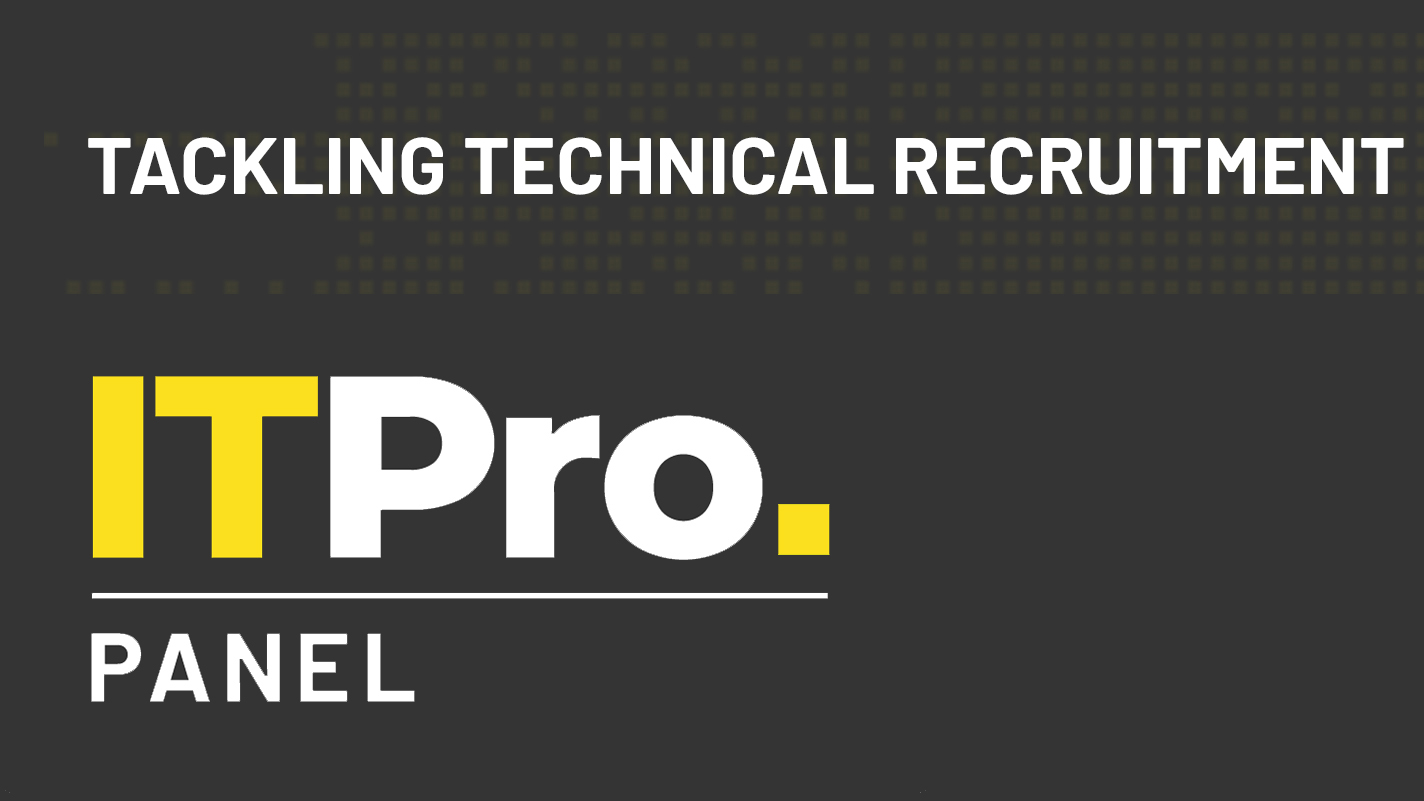 IT Pro Panel: Tackling technical recruitment
IT Pro Panel: Tackling technical recruitmentIT Pro Panel With the recruitment market shifting, how can businesses both retain their best staff and fill gaping talent shortages?
By Adam Shepherd
-
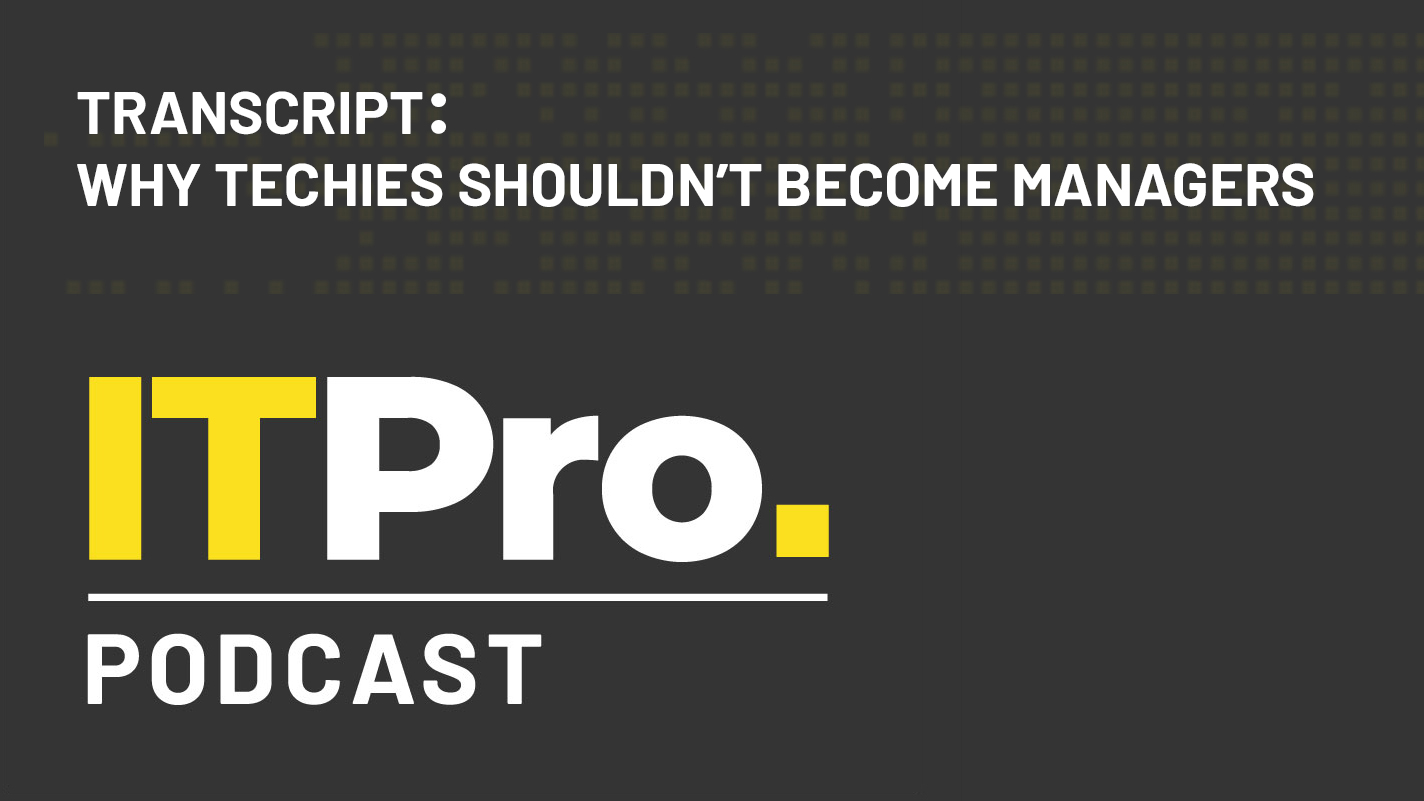 Podcast transcript: Why techies shouldn’t become managers
Podcast transcript: Why techies shouldn’t become managersIT Pro Podcast Read the full transcript for this episode of the IT Pro Podcast
By IT Pro
-
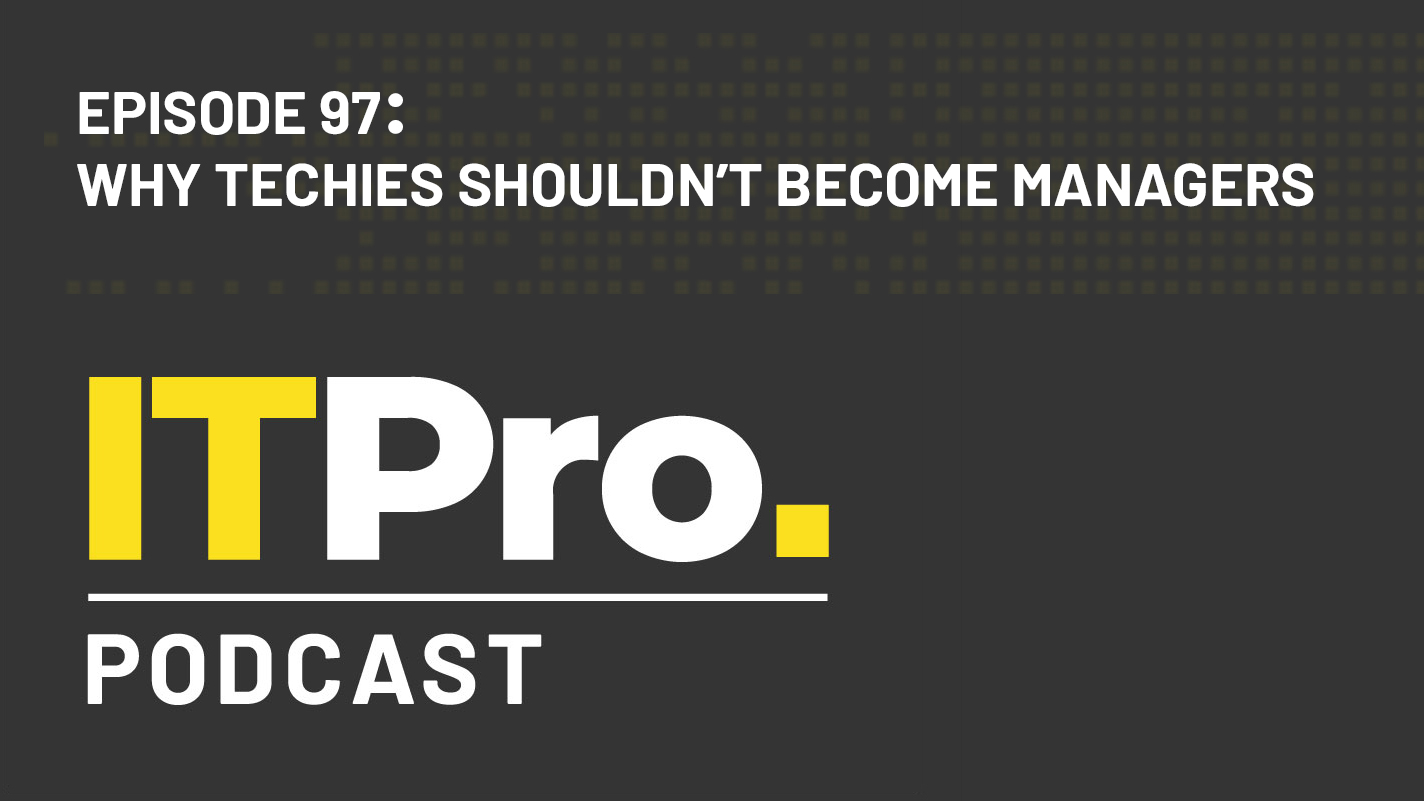 The IT Pro Podcast: Why techies shouldn’t become managers
The IT Pro Podcast: Why techies shouldn’t become managersIT Pro Podcast Managing people is a completely different skillset to managing technology - so why do we keep pushing people from one to the other?
By IT Pro
-
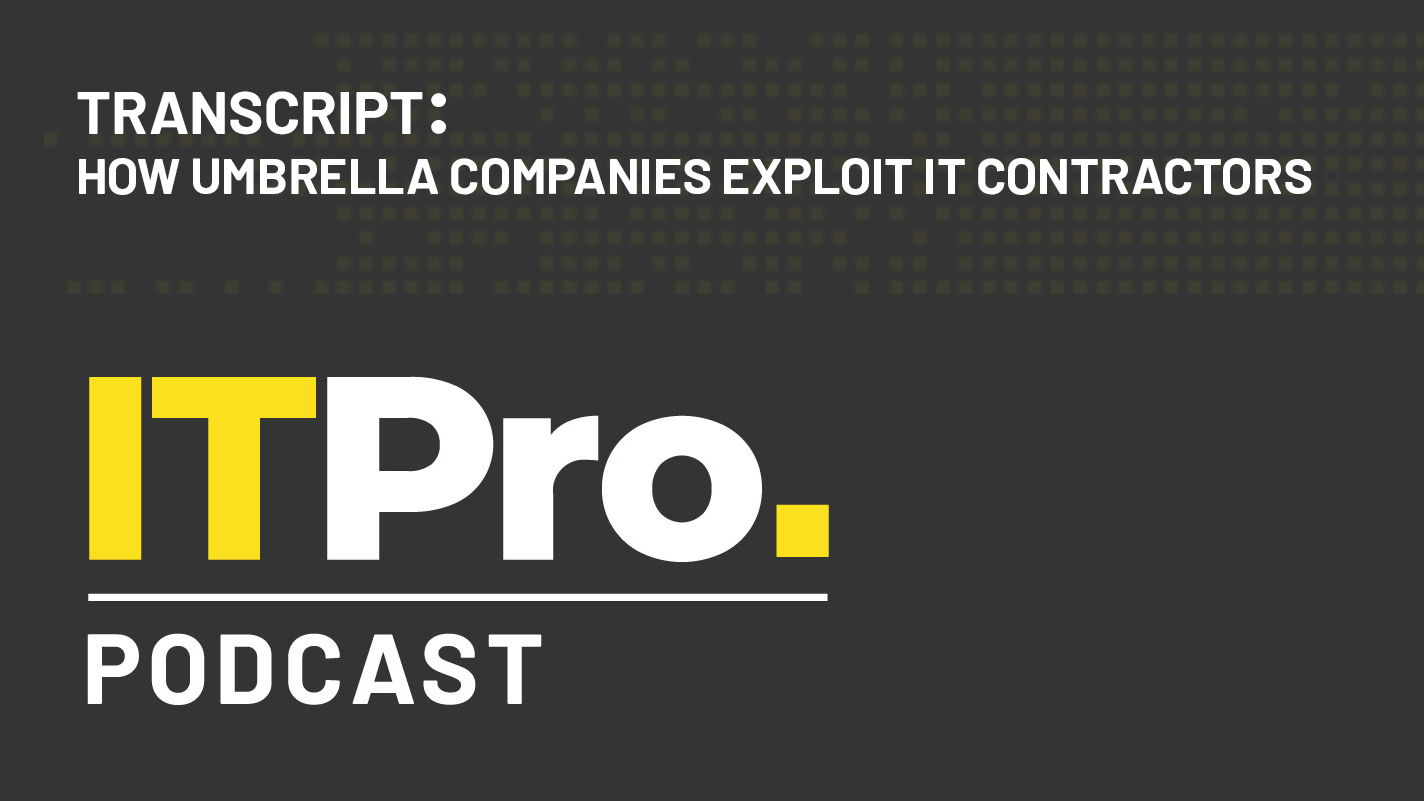 Podcast transcript: How umbrella companies exploit IT contractors
Podcast transcript: How umbrella companies exploit IT contractorsIT Pro Podcast Read the full transcript for this episode of the IT Pro Podcast
By IT Pro
-
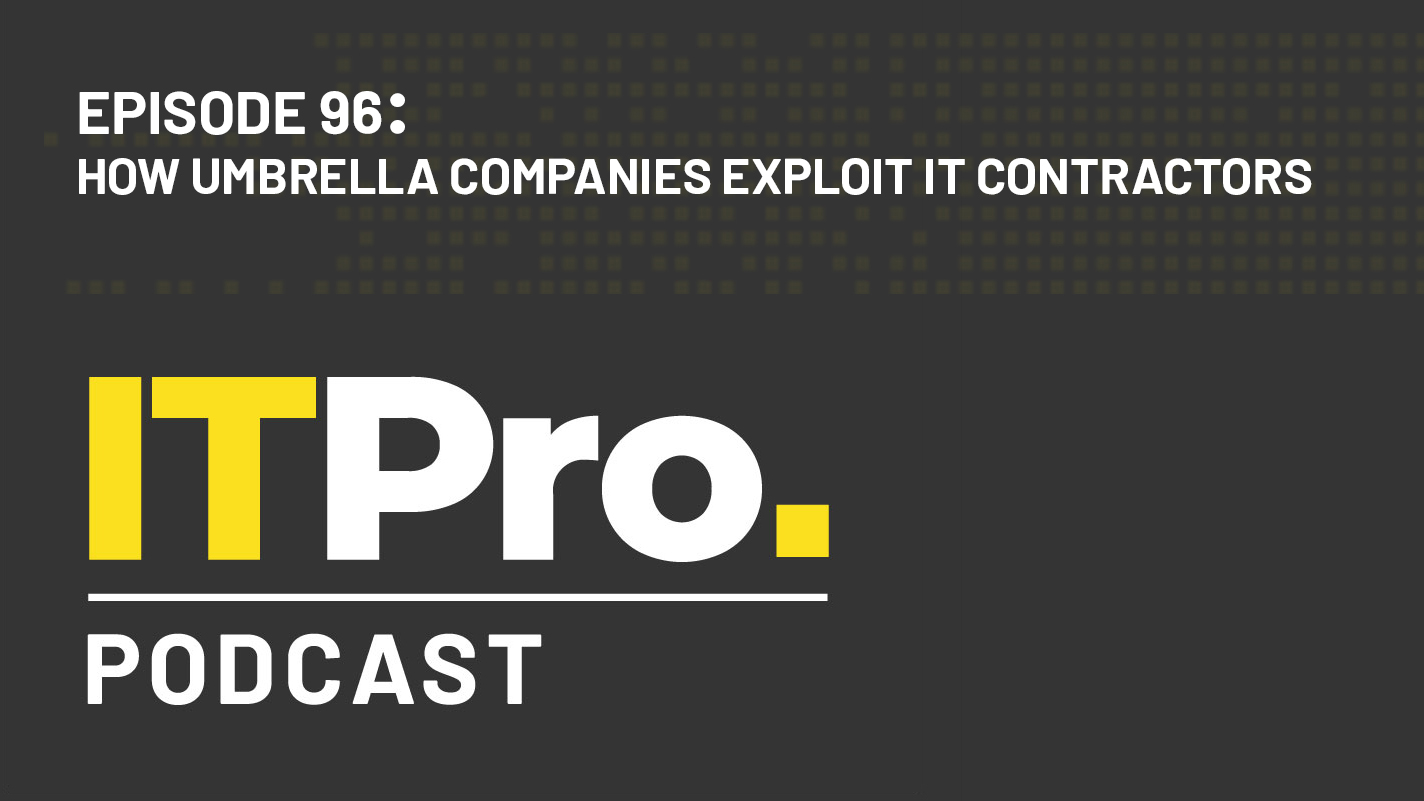 The IT Pro Podcast: How umbrella companies exploit IT contractors
The IT Pro Podcast: How umbrella companies exploit IT contractorsIT Pro Podcast Is tighter regulation needed to stop workers from being cheated out of earnings?
By IT Pro
-
 Data scientist jobs: Where does the big data talent gap lie?
Data scientist jobs: Where does the big data talent gap lie?In-depth Europe needs 346,000 more data scientists by 2020, but why is the gap so big?
By Zach Cooper
-
 Four tips for effective business collaboration
Four tips for effective business collaborationOpinion Collaboration is about more than just removing office walls
By Esther Kezia Thorpe
-
 IT Pro Panel: The truth about talent
IT Pro Panel: The truth about talentIT Pro Panel Why is it still so hard to find good people?
By Adam Shepherd